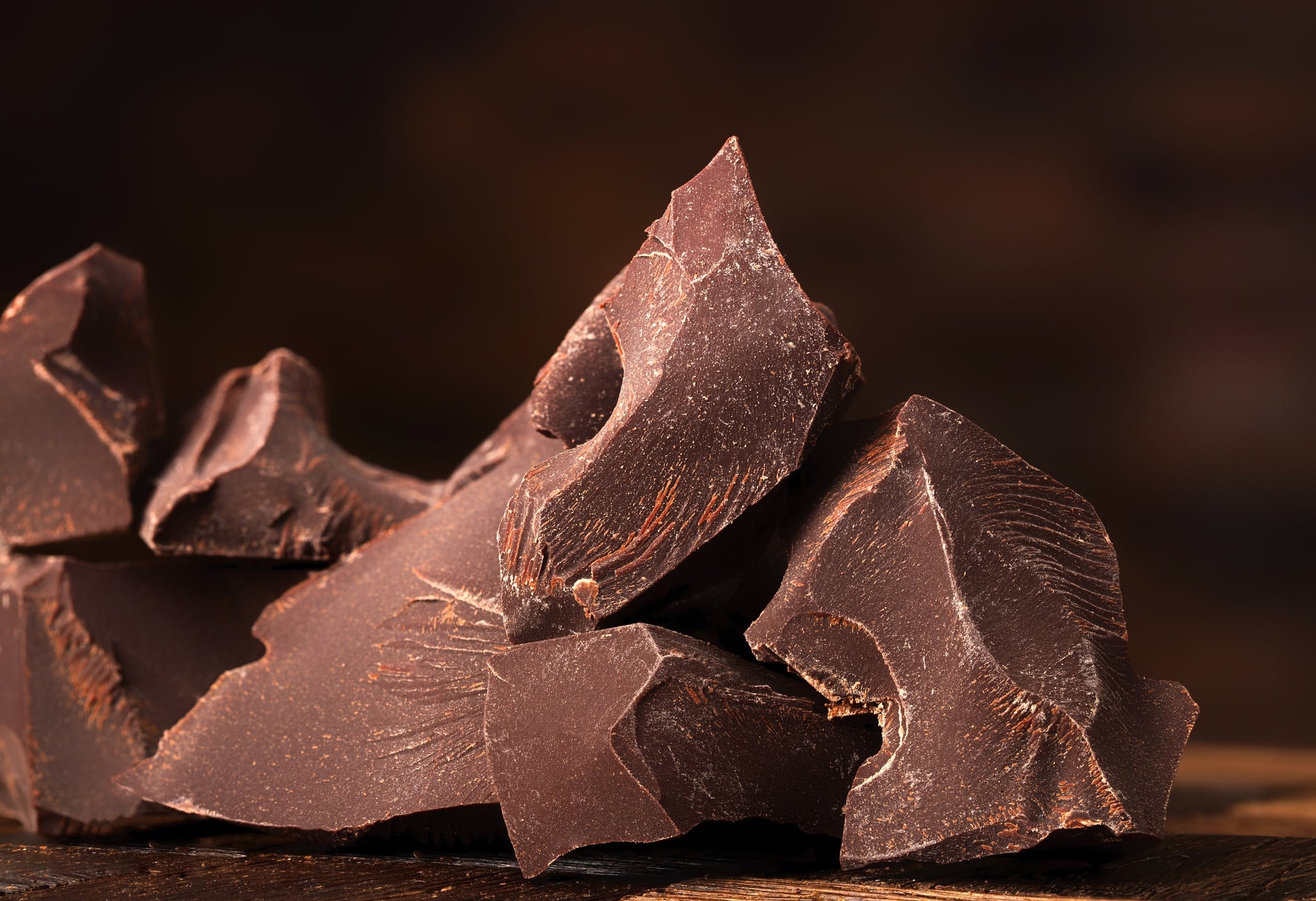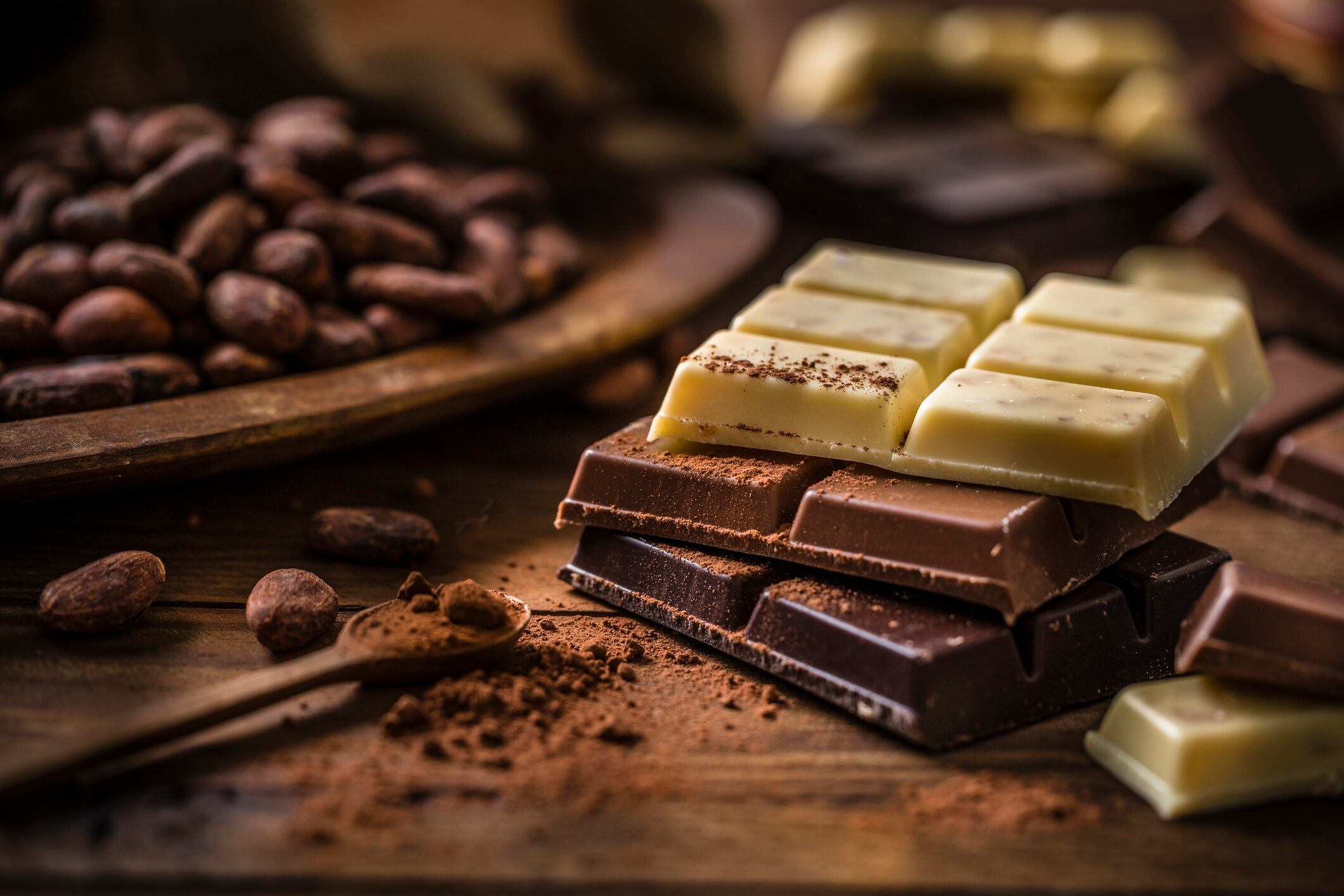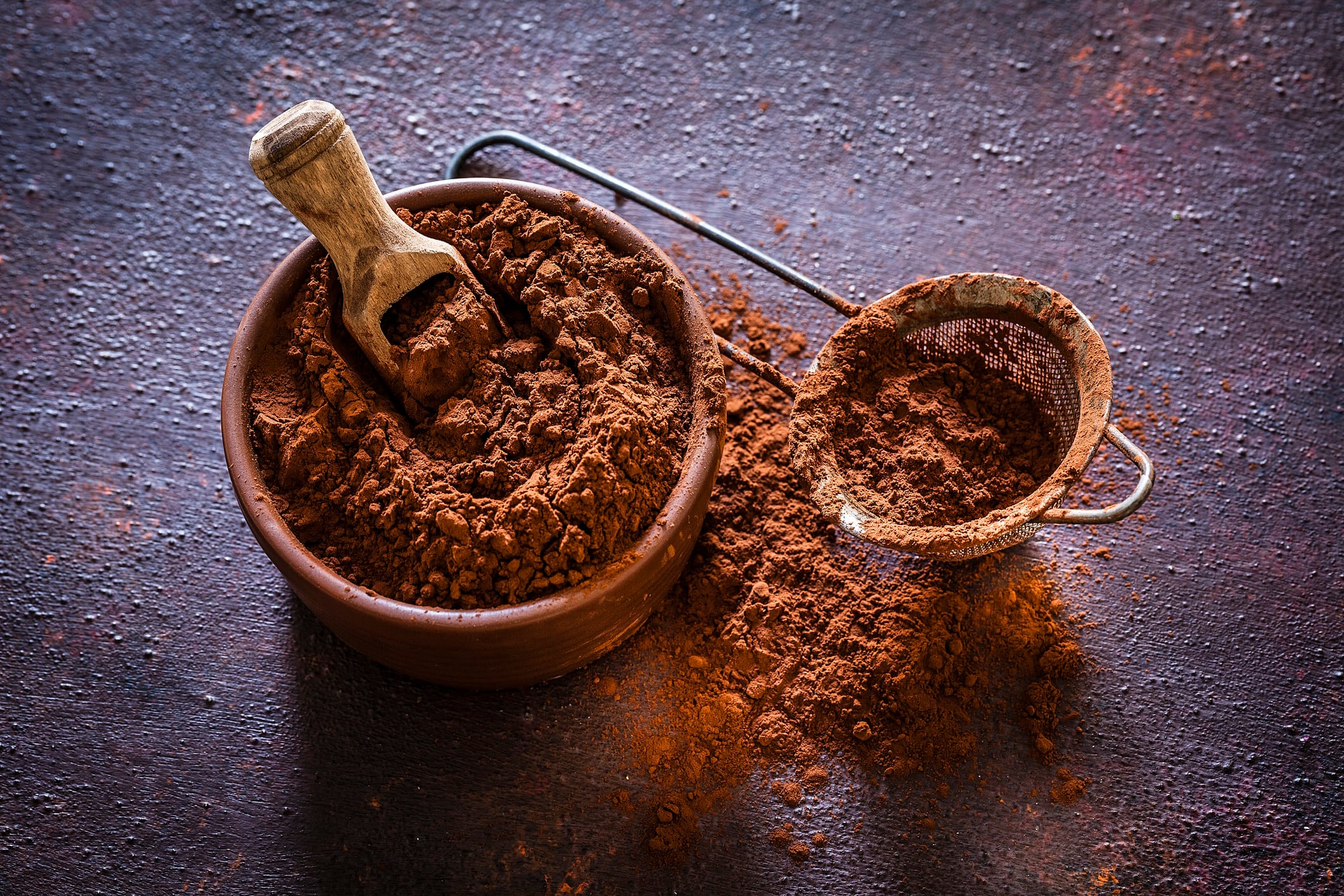Securing cocoa and chocolate industry - summary
- Cocoa supply faces climate shocks, crop diseases and geopolitical instability
- Farmer shortages and low incomes threaten long-term cocoa production viability
- Sustainable farming and fair pricing are essential for industry resilience
- Major brands invest in lab-grown cocoa and gene-edited resilient crops
- Alternative ingredients like carob and barley create new market opportunities
The cocoa sector stands at a crossroads.
Climate shocks and crop diseases are threatening yields in key producing regions, while geopolitical instability is disrupting supply chains. At the same time, farmers are increasingly leaving the industry in search of better-paying opportunities, while younger generations are less incentivised to enter it.
All this has led to a volatile market where supplies are limited and prices shoot up one minute and then plummet the next.
In short, big changes must be made to secure the future of this much sought after commodity.
The good news is, there are already producers out there being the change we need to see.

Sustainable cocoa farming in action
“The only way to protect the future of cocoa is by producing it sustainably and through fair trade,” says Sandro Marti, head of chocolate at Swiss producer Pronatec AG.
For Marti, sustainability is not a marketing slogan, it’s a strategic necessity for the entire cocoa supply chain.
Climate volatility and soil degradation are already impacting yields, and without proactive measures, the industry risks long-term instability.
Agroforestry is one solution Pronatec champions, integrating cocoa trees with other crops to create resilient ecosystems that safeguard against extreme weather events.
But sustainability isn’t just environmental, it’s economic.
“For too many years we haven’t paid enough for cocoa,” Marti notes, highlighting the need for fair pricing to keep farmers engaged and motivated. Without viable incomes, younger generations will continue to leave cocoa farming behind, threatening future supply.
As a result, not only is Pronatec paying it’s suppliers more, it’s also funding farmer training, fairtrade systems, and community development. Because, as Marti puts it, “we need to invest in the future.”
What’s more the producer, which is completely organic, is keen to bring others in the industry along with them saying, “the way we work should be an example for the cocoa market. We want everyone to get involved.”

Should cocoa prices remain higher?
Chocolate is often seen as an everyday indulgence, but in reality, it’s a luxury product that demands immense effort to create.
“Look at the work that goes into producing chocolate,” says Marti.
From cultivating cocoa to crafting the final product, the process is labour-intensive and resource-heavy, and perhaps it’s time for consumers to become accustomed to paying more for it.
In fact, the exact same conversation is taking place in the coffee industry right now, with Will Little, managing director of coffee producer Roastworks saying, “coffee farmers have been ripped off for 30 years, we’ve got to rebalance the books.”
Having said that, it’s also true that chocolate needs to be an affordable product - if it’s not then consumers simply won’t buy it and the industry will collapse due to lack of demand.
“It’s a delicate balance,” says Pronatec’s Marti. “Ensuring fair returns for those who make chocolate possible while helping consumers appreciate its true value.”

Are cocoa alternatives a threat
As well as looking to futureproofing cocoa, companies are also investing in alternatives. But is this good or bad news for the cocoa industry?
“There’s room in the market for everyone,” says Marti. “There are customers for both.”
Though he cautions that creating chocolate without cocoa is no easy feat.
“It’s hard to do chocolate with the same taste profile without cocoa,” he explains.
Cocoa’s unique complexity makes it difficult to replicate, yet innovators are rising to the challenge with alternatives like carob and barley being explored.
This opens the door for a dual approach - preserving the heritage of classic chocolate while introducing new products that meet evolving tastes and price expectations.

The future of cocoa
The cocoa sector may be facing unprecedented challenges, but it’s also brimming with opportunity.
From sustainable farming practices and fair pricing models to cutting-edge innovations like lab-grown cocoa and alternative ingredients, the industry is proving that resilience and creativity can go hand in hand.
The path forward will require collaboration across the value chain - farmers, manufacturers, and consumers alike - because safeguarding cocoa’s future isn’t just about preserving a beloved product, it’s about protecting livelihoods and ecosystems.
Whether through paying a fair price for a luxury commodity or embracing new technologies, the choices made today will define the chocolate of tomorrow.
The question is not whether change is coming, but how quickly suppliers, producers and manufactures can make it happen.
Manufacturers using technology to futureproof cocoa
Lindt & Sprüngli is investing in lab-grown cocoa, in collaboration with Swiss start-up Food Brewer
Mars is hoping gene editing tool CRISPR will help futureproof its cocoa supply, through the creation of more resilient crops
Mondelēz International is developing cell-cu ltured chocolate-grade cocoa butter with ingredient supplier Celleste Bio.
Barry Callebaut has is explori ng the potential for cultivated cocoa.




